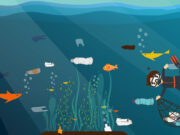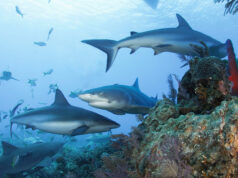The Coral Triangle and Pacific Ocean host some of the world’s most biodiverse dive destinations, where you can encounter over 3000 fish species and 70% of all known coral species. Offering unparalleled reef and wreck diving, marine megafauna, muck diving and more, there is something for every diver to enjoy. Here is my pick of the top biodiverse dive destinations in this stunning part of the world.
1. Indonesia
Offering everything from dramatic walls and thriving reefs to wrecks and an almost endless list of marine life, it’s no wonder Indonesia is at the top of many divers’ wish lists. Consisting of more than 1300 idyllic islands, Indonesia has diverse underwater landscapes that host thousands of fish species and around 600 species of coral.
As well as innumerable fish and corals, you can also encounter six of the seven species of sea turtles there, plus whale sharks, hammerheads, Mola mola, manta rays, reef sharks, eagle rays and prized critters.
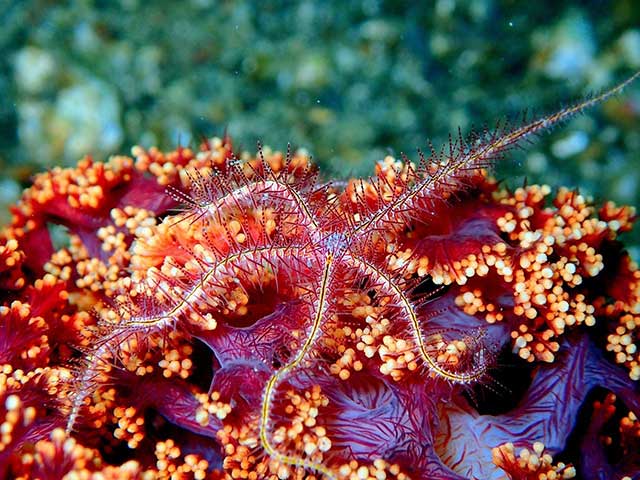
Diving in Raja Ampat is an experience like no other. Washed by relatively strong currents, Raja Ampat’s rich waters are ideal for experienced divers and host numerous majestic manta rays, around 1500 species of fish, more than 500 coral species and 700 types of mollusc. Visit Misool to meet Raja Ampat’s famed ‘walking sharks’ (also called epaulette sharks) and swim with thousands of non-stinging jellyfish at Jellyfish Lake. Just remember to take your camera – in just one dive at Raja Ampat, nearly 300 different species of fish were recorded!
Komodo may be synonymous with the Komodo dragon, but this National Park also offers spectacular marine biodiversity. The islands within the park offer a range of different dive environments hosting everything from tiny critters to reef sharks, mantas, eagle rays and schools of pelagic fish. With shallow dives amongst vibrant corals plus more challenging dives available, it’s a great destination for advanced and experienced divers alike.
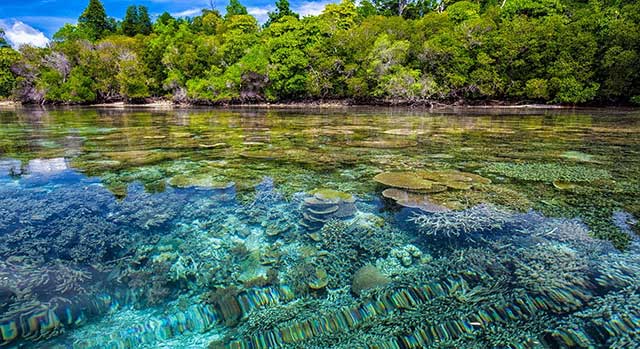
Wakatobi National Park has long been known as one of Indonesia’s top dive destinations and is a UNESCO Biosphere Reserve covering 1.39 million hectares. This remarkable dive spot has some of the healthiest reefs in the world and is perfect for snorkelers and divers who love easy diving and exploring pristine coral reefs. The reefs are busy with enough fish and critters to keep you entertained for days, whilst Wakatobi’s seagrass beds host friendly green and hawksbill turtles. Go Wakatobi diving from November to April and you might even see short-finned pilot whales migrating through the area.
2. Papua New Guinea
Tucked away north of Australia and made up of more than 600 jungle-clad islands, Papua New Guinea is a land of sleeping volcanoes offering more than 20,000 square miles of coral reefs and a range of exciting dive destinations.
Kimbe Bay was ranked as one of the world’s most beautiful reefs by National Geographic Society and offers vibrant coral dives and easy-going sea conditions. The sponges and corals there are enormous, and the reefs are patrolled by reef sharks, hammerheads and schools of barracuda. Pilot whales, dolphins, orcas and even sperm whales have been seen in this special area.
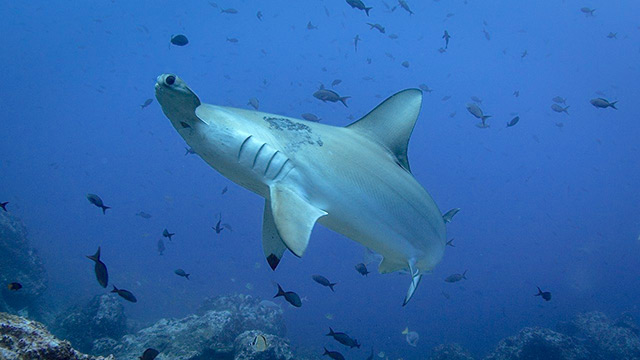 Image: Baechi/Pixabay
Image: Baechi/PixabayFor something completely different, go diving at Milne Bay. This famous destination is the home of muck diving and doesn’t disappoint with its plentiful black sand dive sites, bizarre-looking macro life and World War II wrecks.
Cruise to Fathers Reef, a series of striking coral pinnacles in the Bismarck Sea, and you can explore underwater lava landscapes in the shadow of still-smoking Mount Ulawun. Once a shark feeding area, there are still numerous sharks to be found there.
Tufi’s fjords offer a unique dive experience at one of the most scenic areas of Papua New Guinea. Covered in vibrant rainforest, these special fjords have over 25 pristine offshore reefs within an hour’s journey of the main Tufi jetty. Many of the reefs have never been dived by anyone other than visitors to Tufi as liveaboards rarely visit the area.
3. Solomon Islands
Untouched by the modern world and perched on the western fringe of the Pacific Ocean, the Solomon Islands may be less well-known than some other dive destinations, but they offer an array of excellent diving far from any crowds.
The Solomon Islands consist of 992 islands scattered across 1000 miles of turquoise ocean and offer diverse landscapes including lagoons, volcanic formations, mangroves, steep walls, pinnacles, healthy reefs and wrecks – all teeming with diverse and colourful marine life.
 Image: SSI
Image: SSIThe reefs are home to mandarin fish, eels, reef fish and plenty of critters. Muck diving is popular to see mantis shrimps, nudibranchs, ghost pipefish and pygmy seahorses – to name but a few of the critters found there. Many of the islands are surrounded by steep walls, where you can swim with schools of pelagic fish. Just remember to look out to the blue for passing mantas and sharks.
If you love wreck diving, don’t miss Iron Bottom Sound in the Florida Islands. Once at the centre of the World War II Guadalcanal campaign, this area is littered with around 1000 wrecks, including over 600 aircraft. Many of the wrecks are in recreational dive limits, some are suitable for snorkellers and there are plenty for deep tec wreck divers as well. If you can take your eyes of the wrecks, you’ll also find hard and soft coral reefs bustling with fish and critters.
Mary Island is the place to go for diving amongst huge schools of barracuda, jacks and tuna in exceptional water visibility. Sitting in exposed open water, this destination is weather-dependent but very rewarding. As well as encountering enormous schools of fish there, you can also dive along steep walls with pelagic fish, mantas and sharks.
Diving is possible all year at the Solomon Islands and divers of all experience levels will enjoy this special destination.
4. Fiji
Go Fiji diving and you’ll soon discover why this beautiful destination is known as the soft coral capital of the world.
The reefs have soft corals in almost every colour of the rainbow and warm waters that host mantas, reef sharks, reef fish and macro life. There is truly something for every diver to enjoy at Fiji’s diverse dive hotspots.
If you’re looking for sunshine, dry days and great diving, visit the Yasawa Islands. The sun shines all year long at these islands and they are one of the best places to go for manta encounters (May to October). The Yasawa Islands also have some of Fiji’s most beautiful coral gardens.
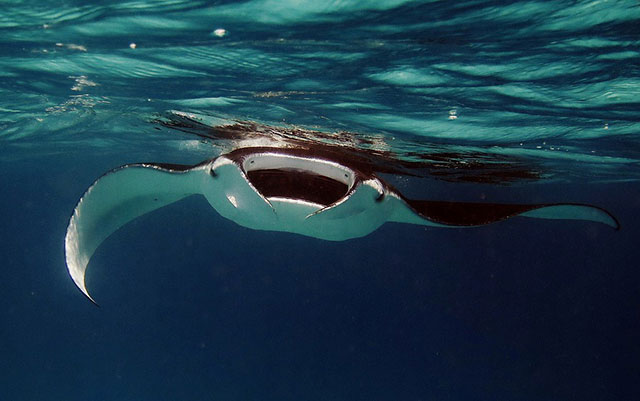 Image: Kevin Mc Loughlin/Pixabay
Image: Kevin Mc Loughlin/PixabayGau Island, the ‘Amazon of the Seas’, is known for having exceptional biodiversity and has both a fringing a barrier reef to explore. Don’t miss Koro Gardens whilst you’re there. This spectacular dive site has coral bommies and numerous healthy hard corals.
Nigali Passage near Gau Island has plenty of pelagic action and fast currents. So much so that you can only dive this unique area during a 3-hour window. Outside of that time, the current rips through at over 4 knots.
The Somosomo Strait really gives Fiji its reputation for vibrant soft corals. Home to the aptly-named Rainbow Reef, this area has brightly-coloured corals and unique coral wall dives. Purple Wall dive site is covered in purple soft corals, whilst the Great White Wall looks like a wall of snow, thanks to being absolutely covered in white soft corals.
5. Malaysia
Jacques Cousteau once said ‘now we have found an untouched piece of art’ when he talked about Malaysia’s Sipadan Island. This famed marine reserve is the jewel in Malaysia’s scuba diving crown, but Malaysia also has plenty of other top dive destinations to explore.
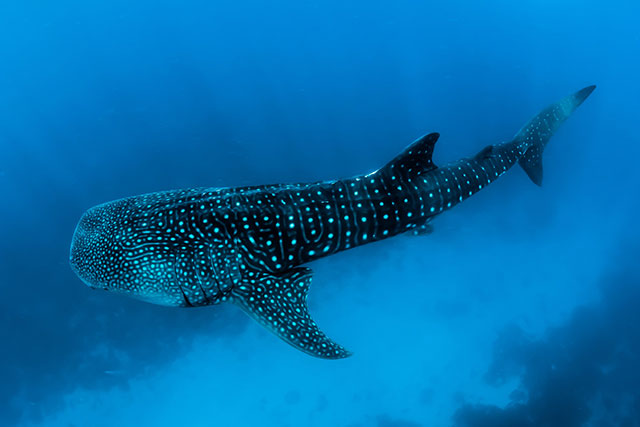 Image: Sebastian Pena Lambarri/Unsplash
Image: Sebastian Pena Lambarri/UnsplashFormed by living corals growing on top of an extinct volcano, Sipadan Island in Eastern Malaysia isn’t easy to get to but is absolutely worth it. Barracuda Point, rated as one of the top 10 dive sites in the world, is famed for its swirling barracudas, and Sipadan’s coral reefs are teeming with diverse reef life. If you’re a fan of sea turtles, be sure to dive there in August, when the waters are full of mating green sea turtles.
Kapalai Island, just 15 km off Sipadan, is particularly good for underwater photographers, with shallow light-filled dive sites hosting diverse marine life including wasp fish, mimic octopi, scorpion fish and huge stingrays. Make sure you dive Mandarin Alley for the chance to meet mandarin fish. These beautiful and rare fish are a real highlight of diving in Malaysia.
Mabul Island, another diving gem near Sipadan, is ideal for new divers and is also a great place to try muck diving. Gentle sandy slopes surround Mabul’s reefs and there are plenty of dive sites to choose from, hosting critters such as frogfish, seahorses, snake eels and nudibranchs.
Go diving in Peninsular Malaysia and you’ll be spoilt for choice with the many destinations found there. The warm waters host diverse tropical marine life, whale sharks migrate through the area from March to May, and Peninsular Malaysia’s islands host nesting sea turtles. An important area during World War II, these waters also have many wrecks suitable for all dive experience levels.
Image credits:
- hammerheadshark: Baechi/Pixabay
- anthias-reef: SSI
- manta ray: Kevin Mc Loughlin/Pixabay
- whaleshark2: Sebastian Pena Lambarri/Unsplash






